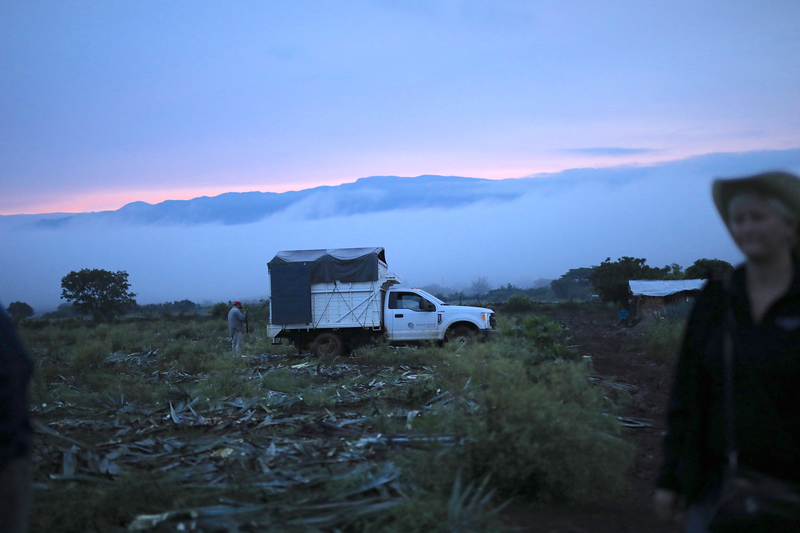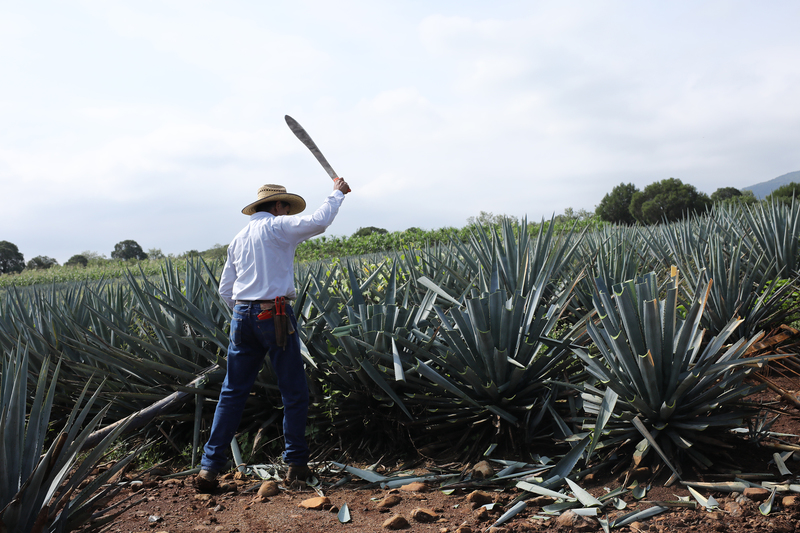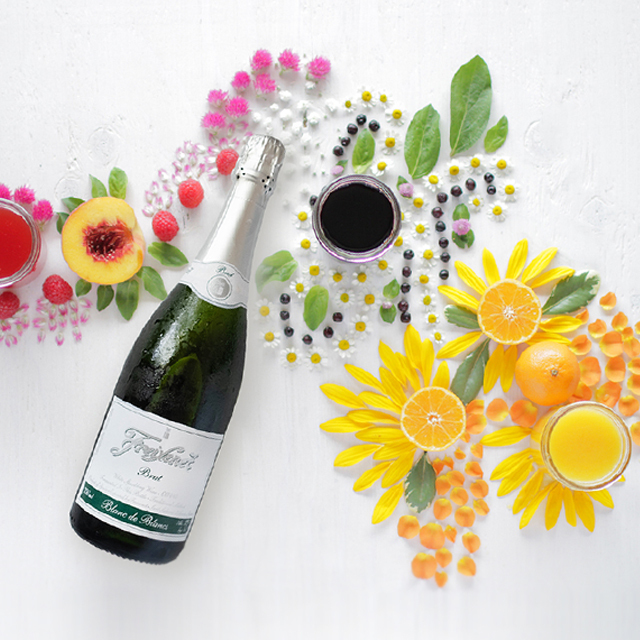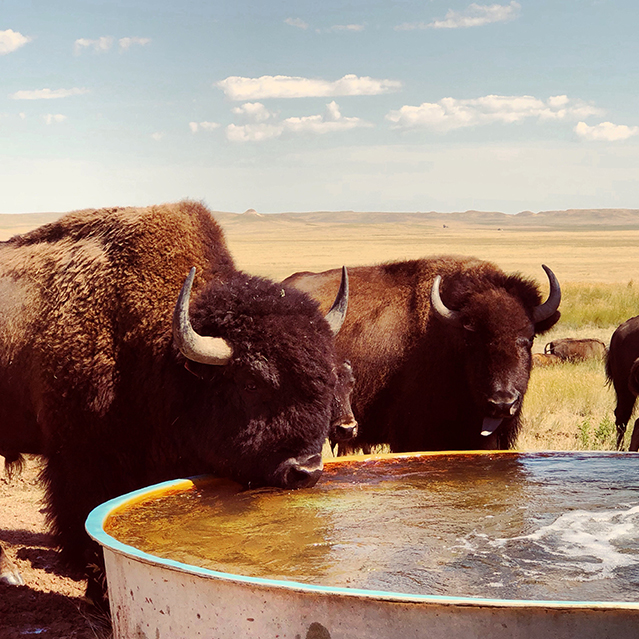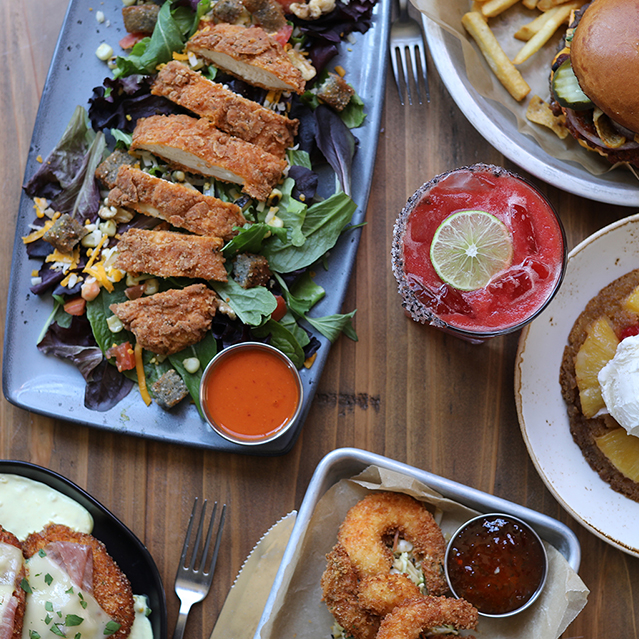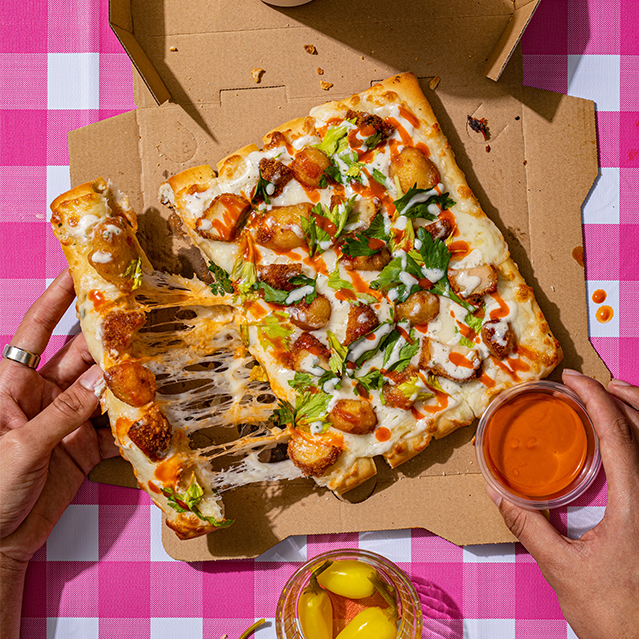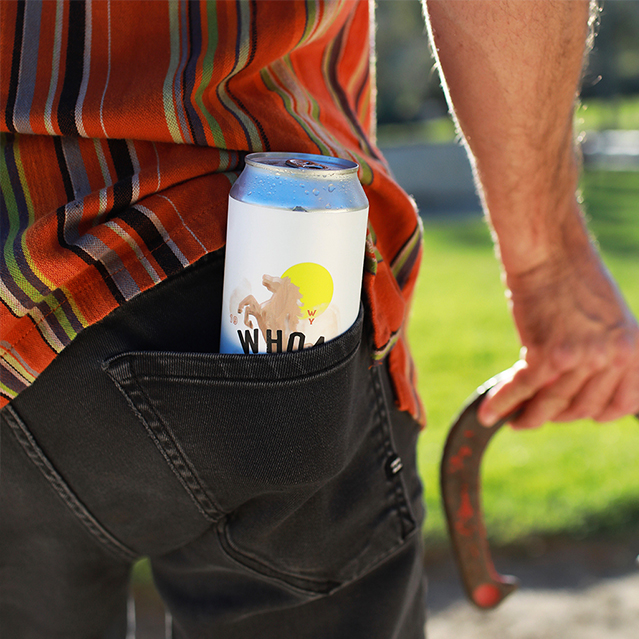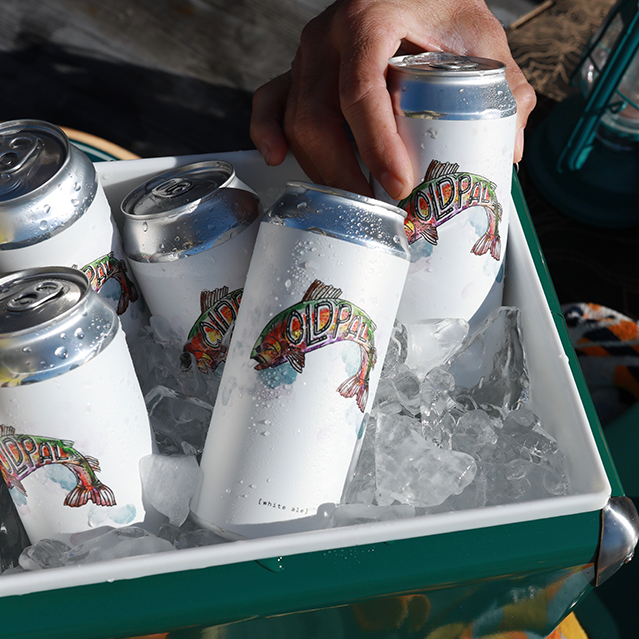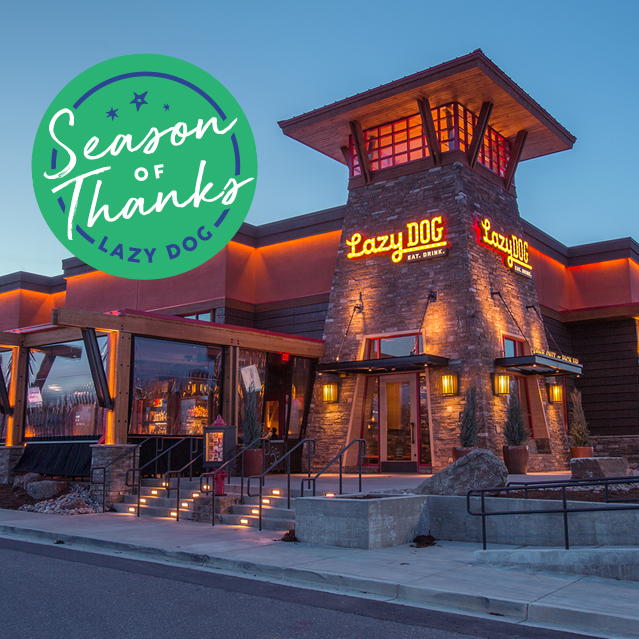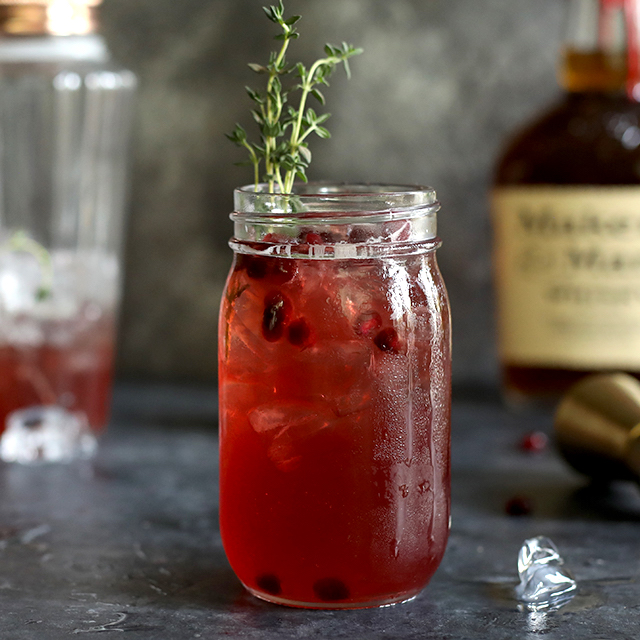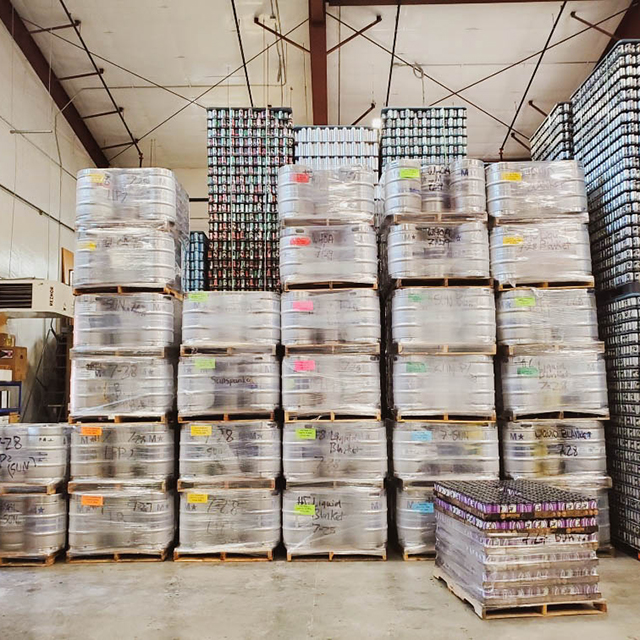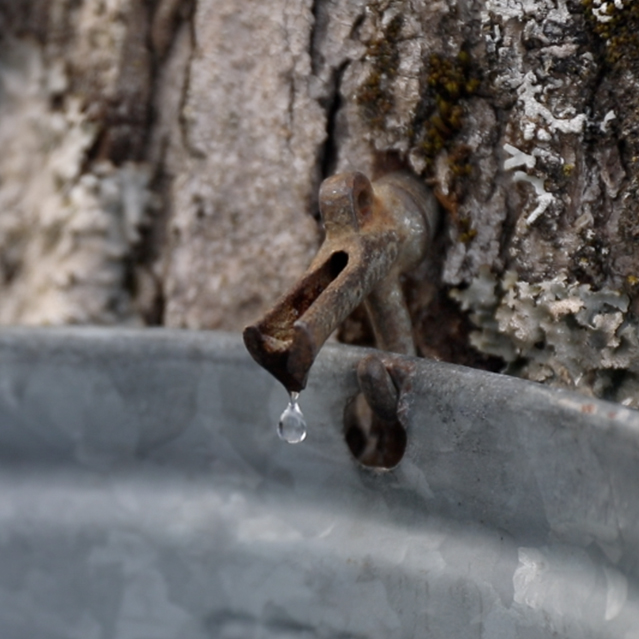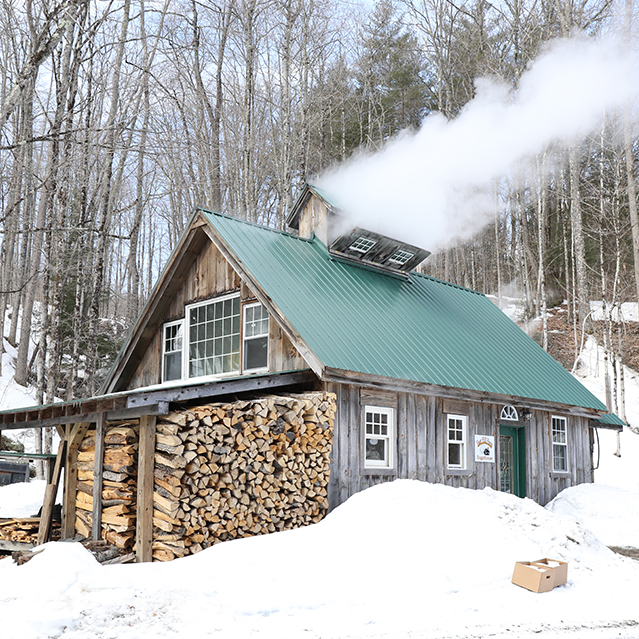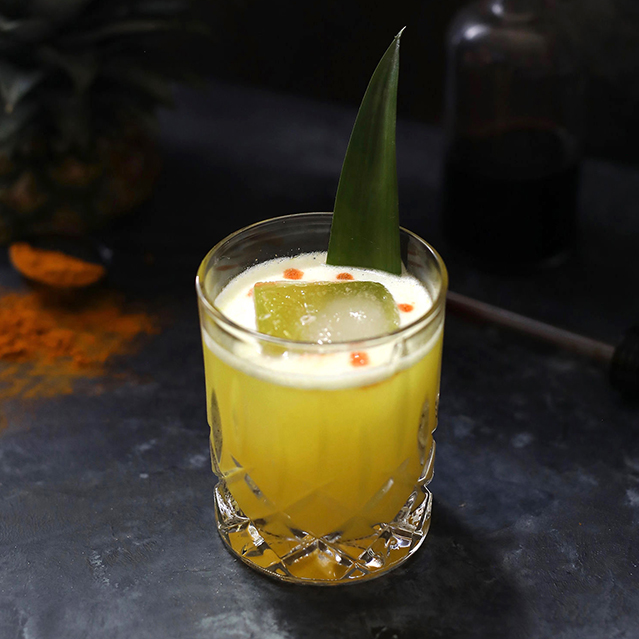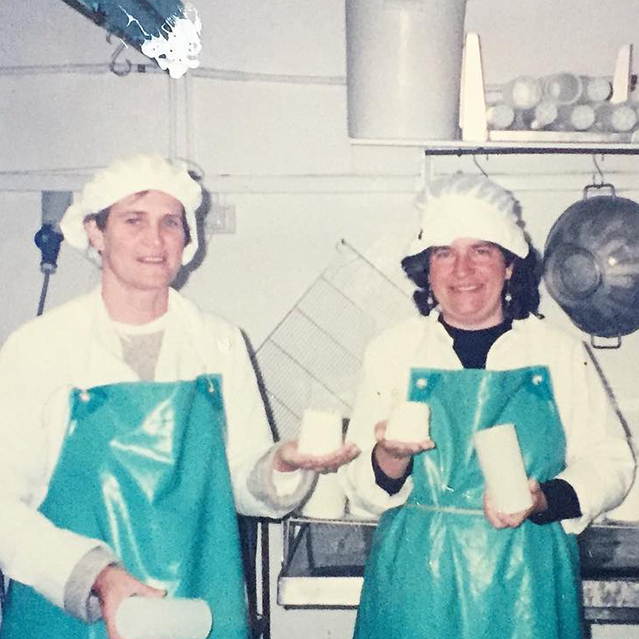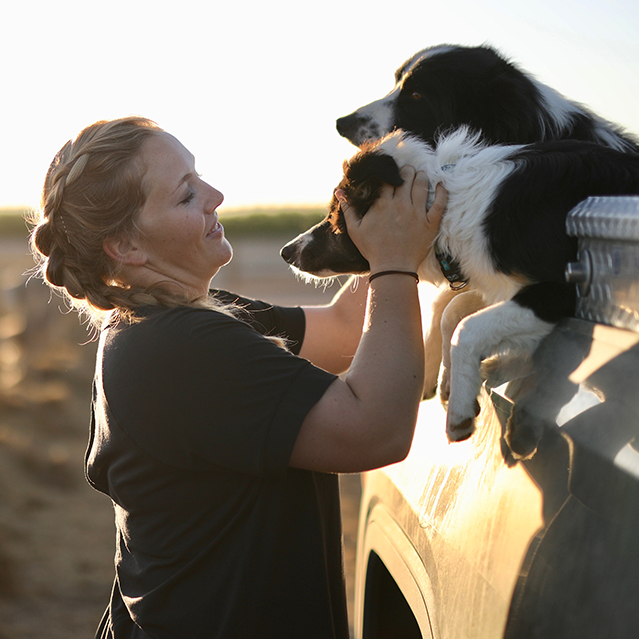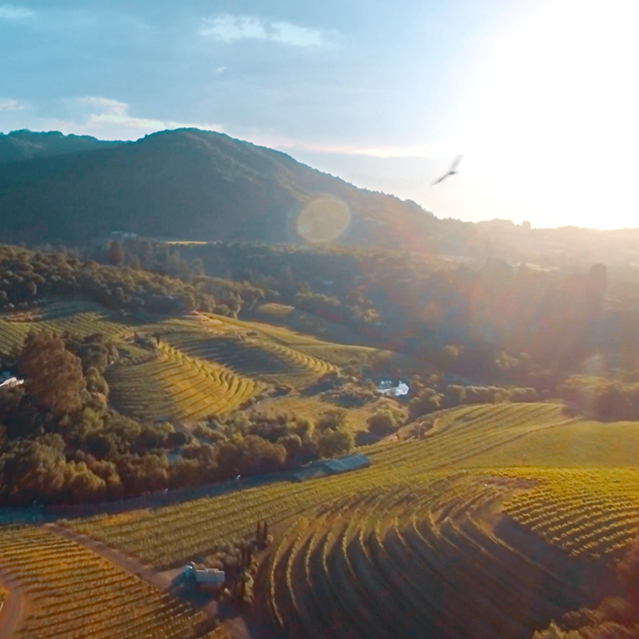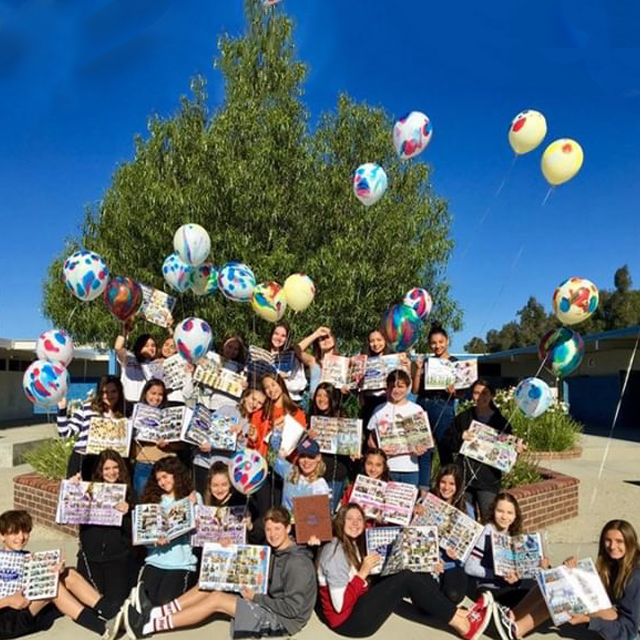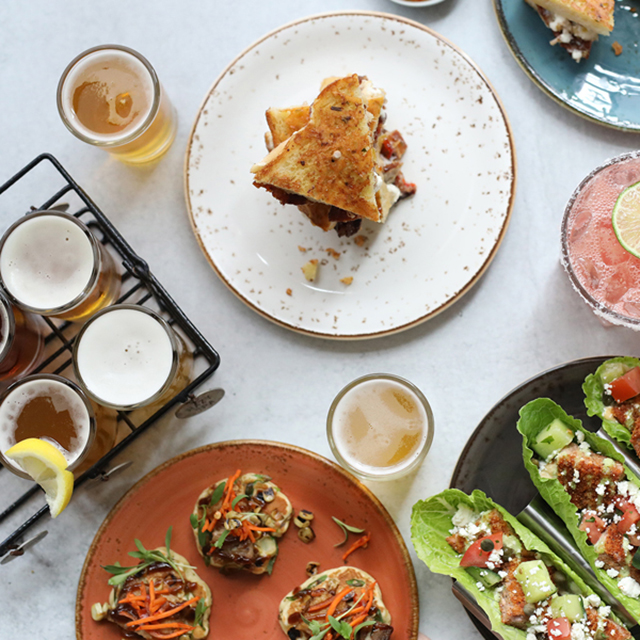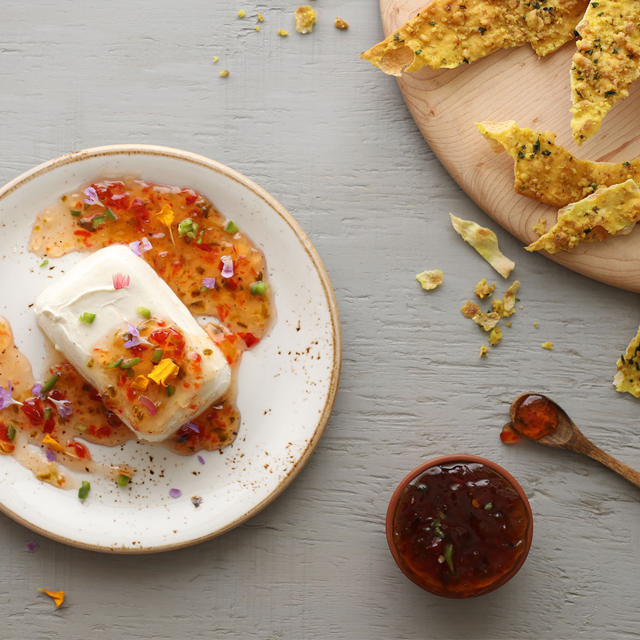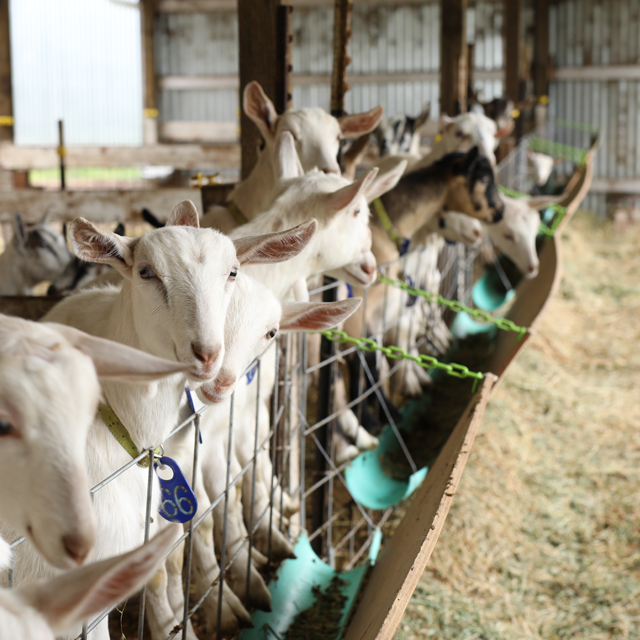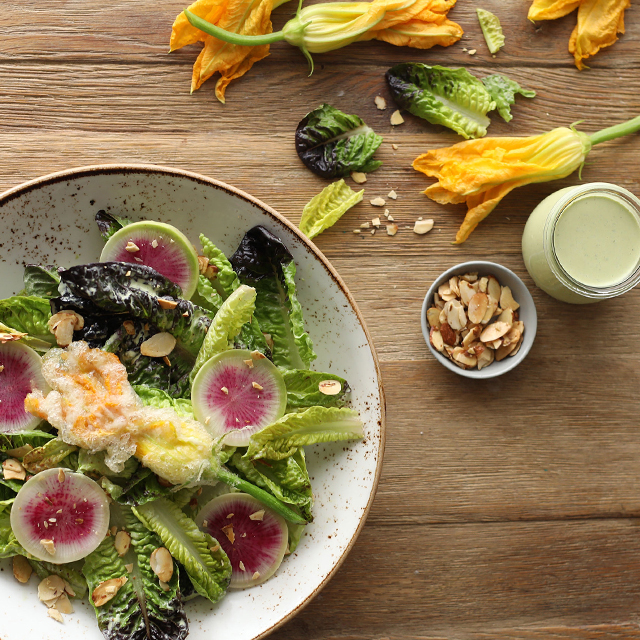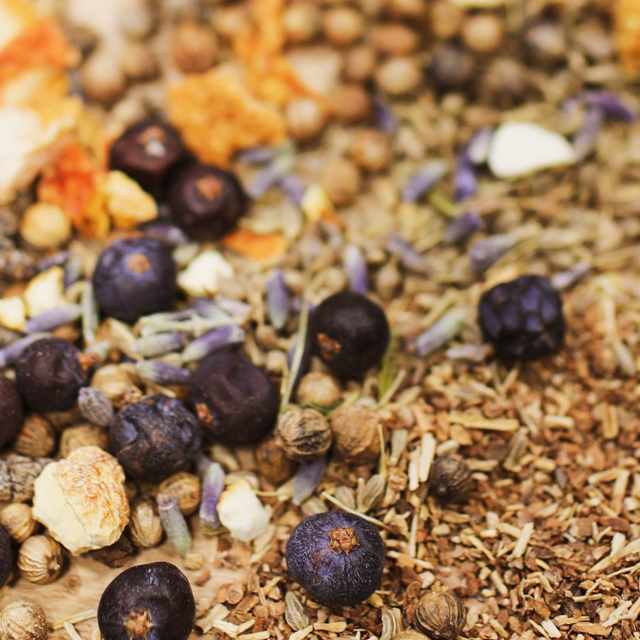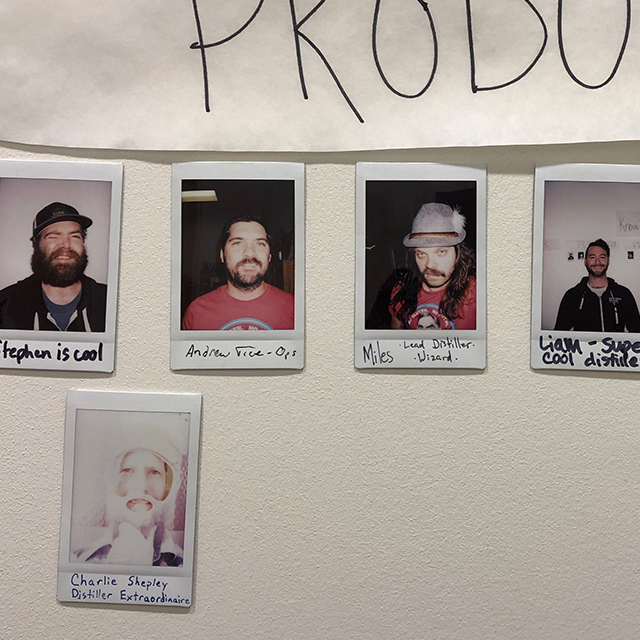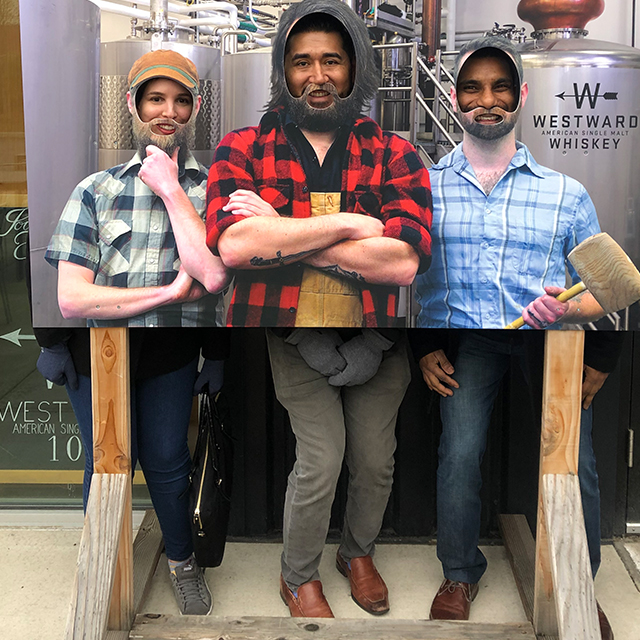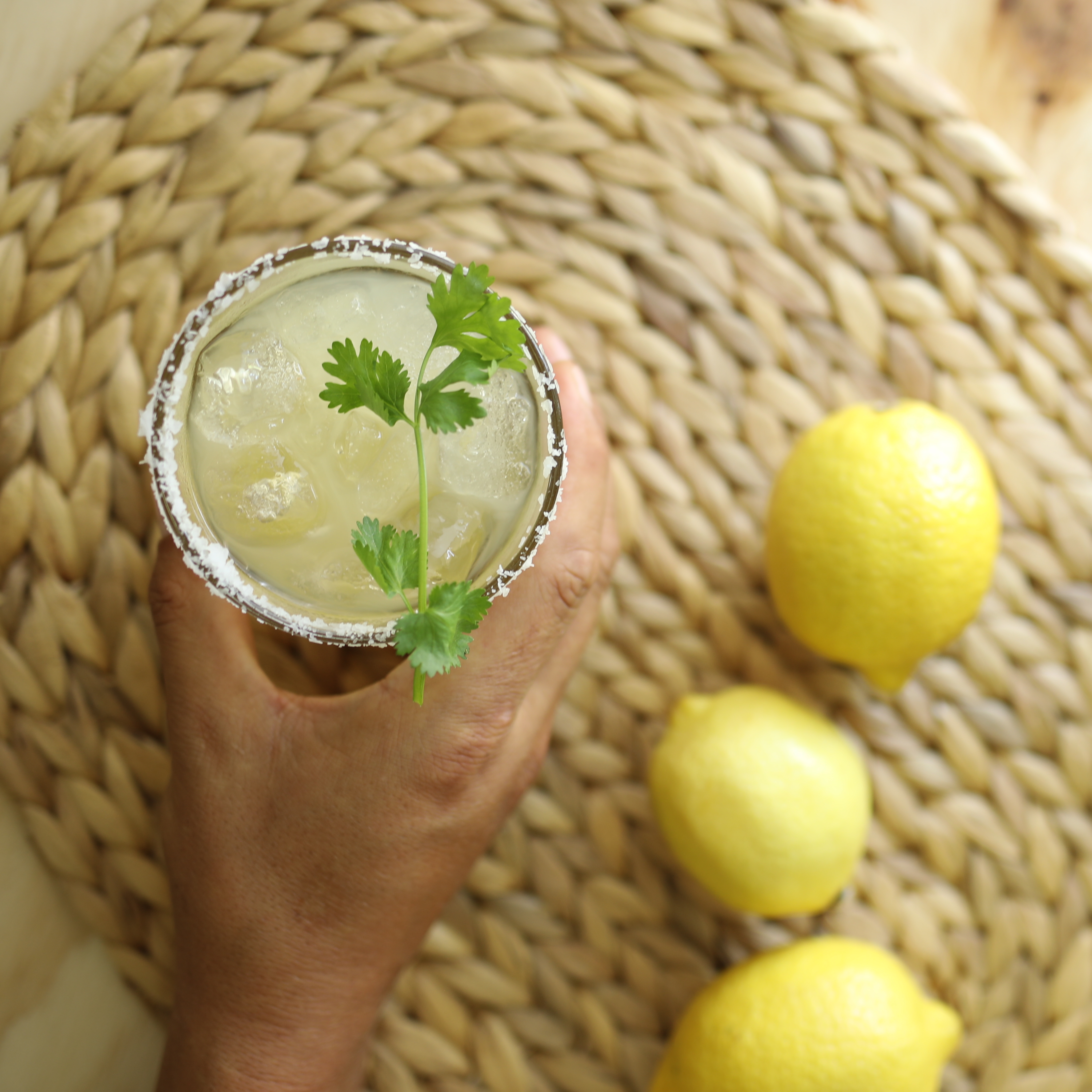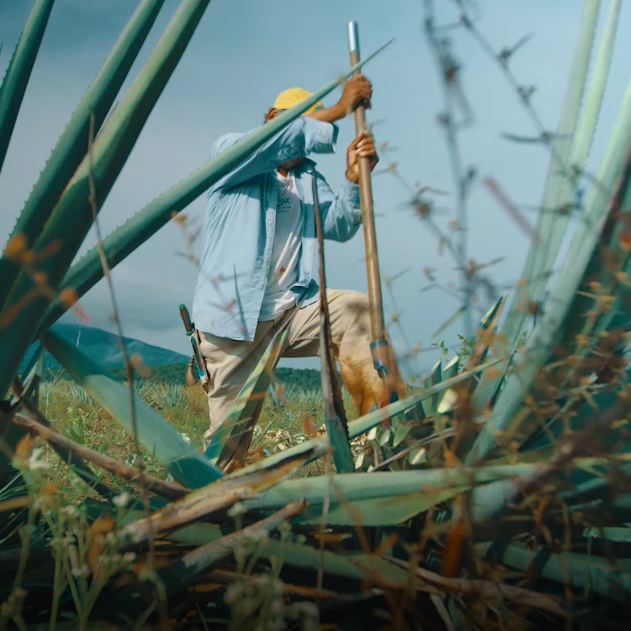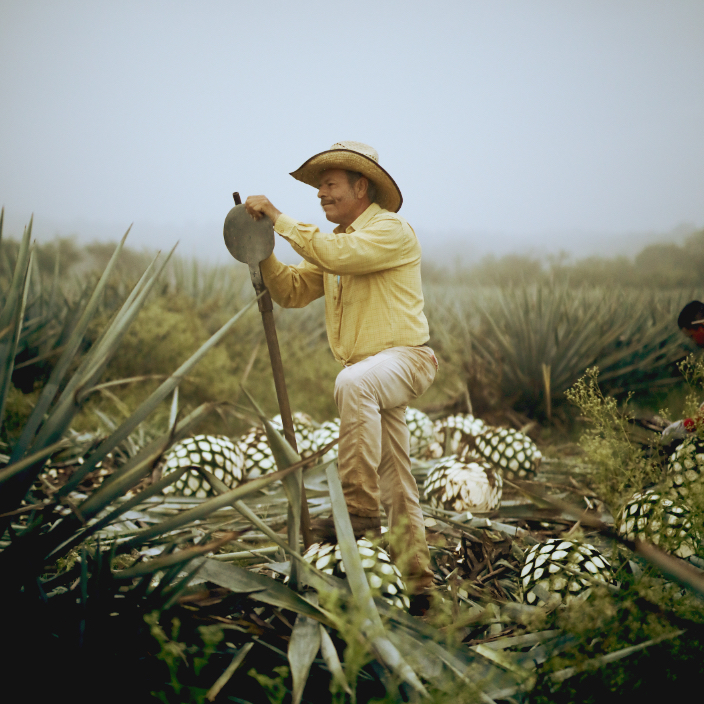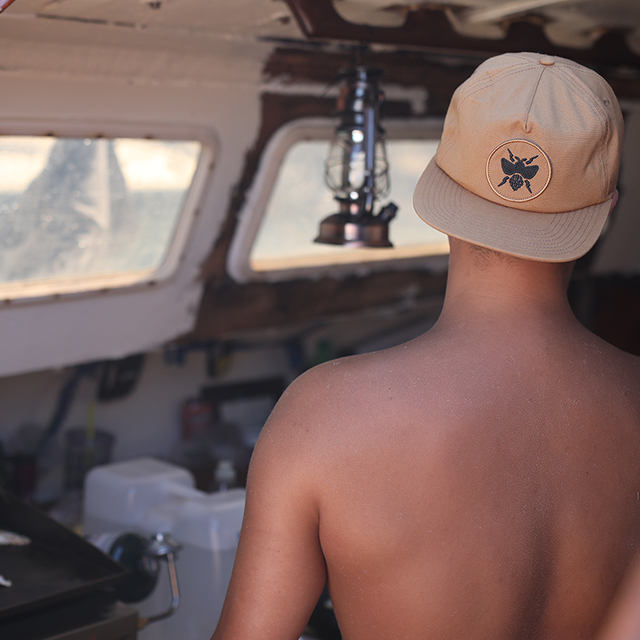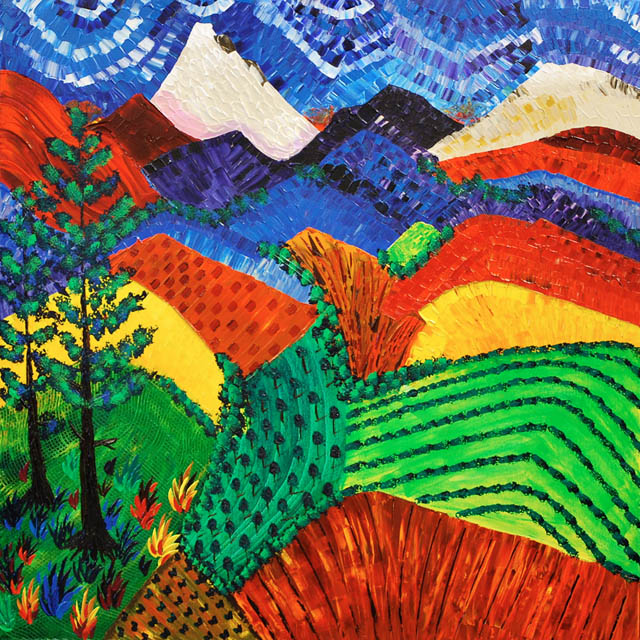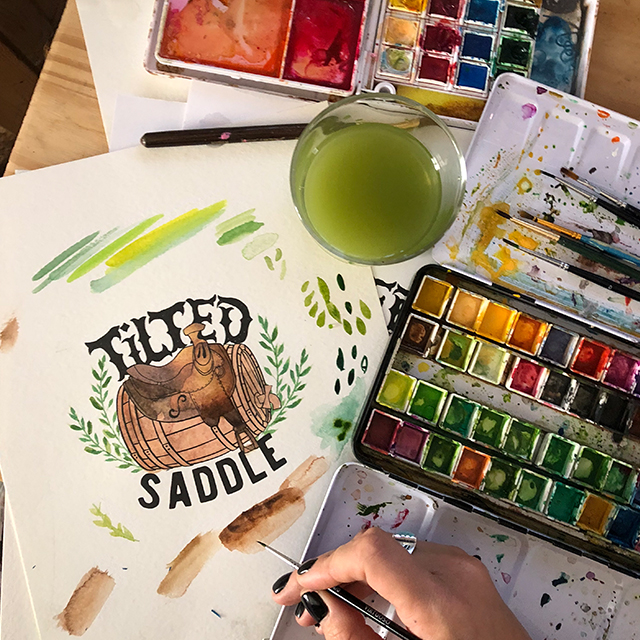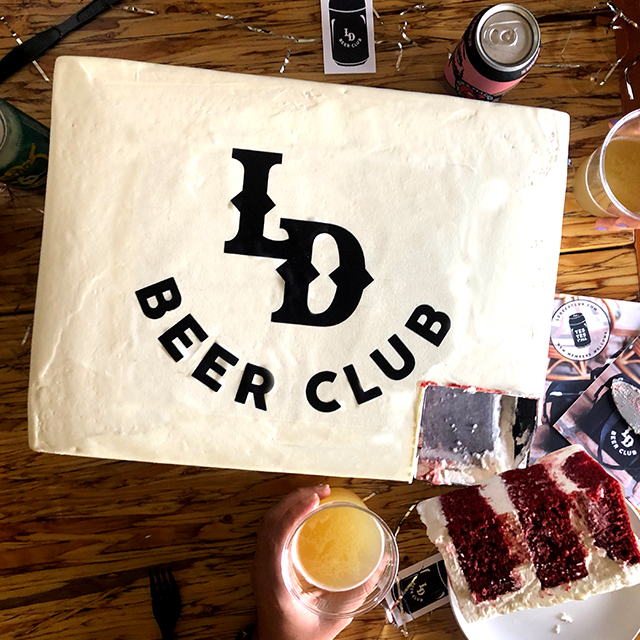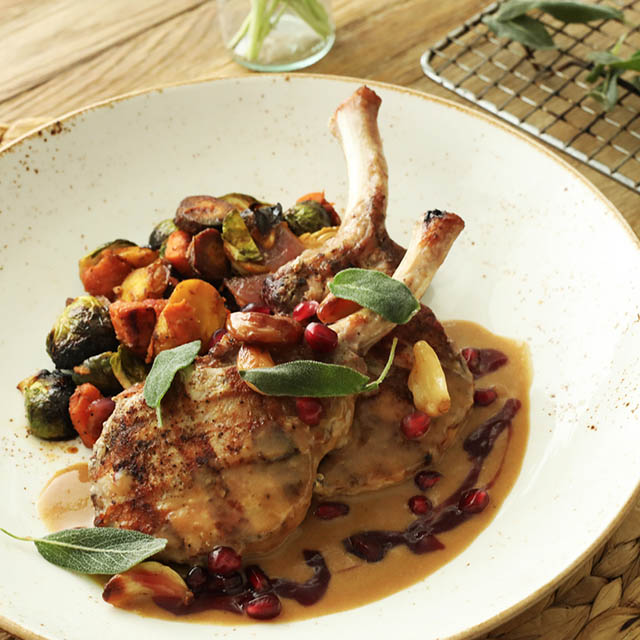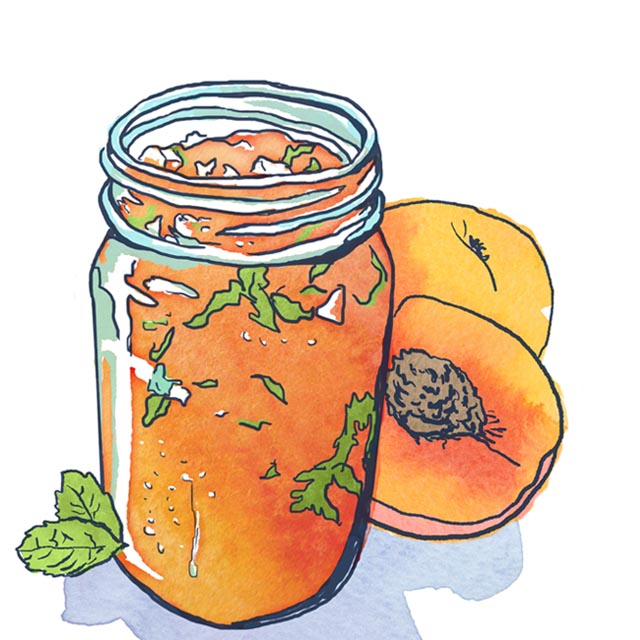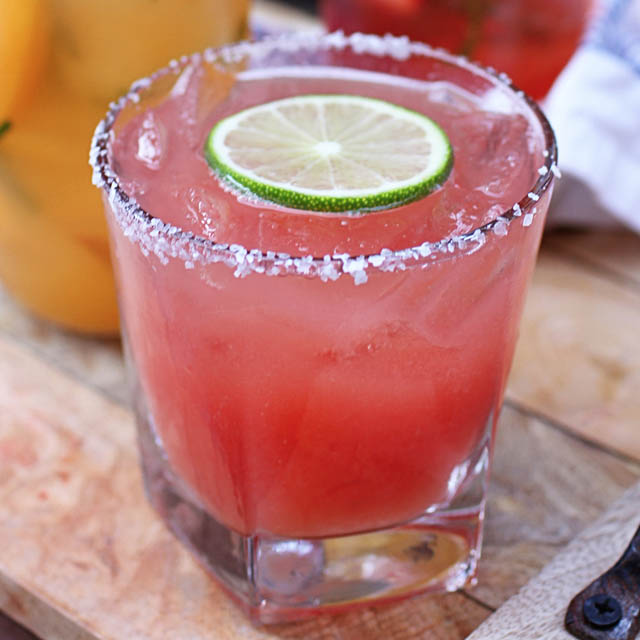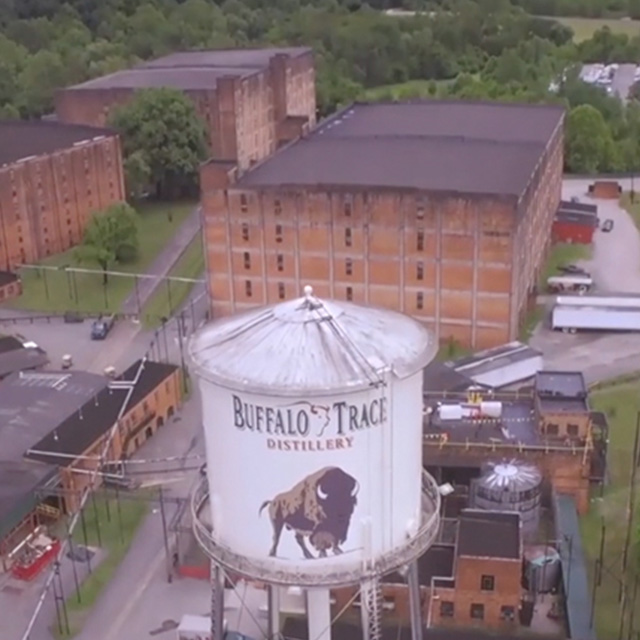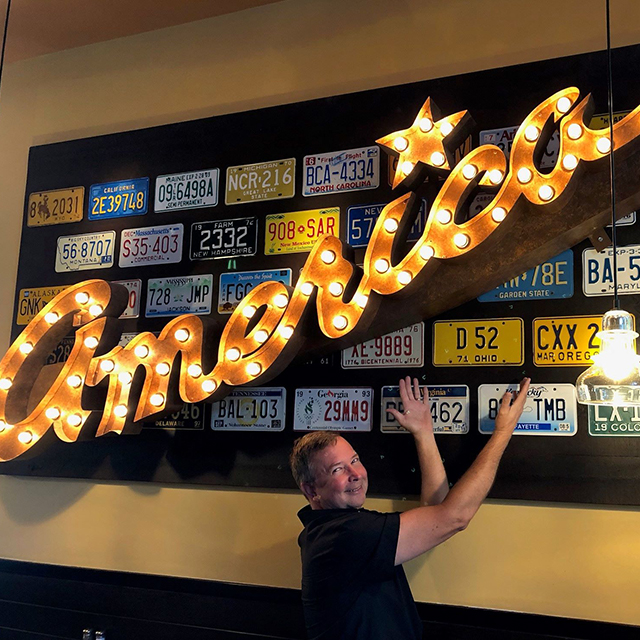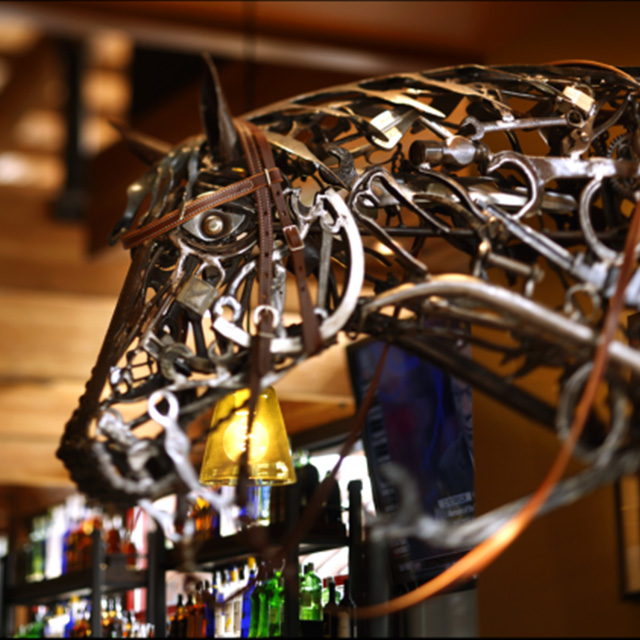Part 1 // Tequila, Jalisco
It’s 5 am and raining. The air feels thick and warm as we walk out of the hotel and place our gear at the curb. A few minutes go by before a white pick-up truck pulls up. The driver signals for us to hop in the back. We buckle our camera equipment into the passenger seat to keep dry and proceed to climb into the truck bed. This little town was surprisingly busy considering the hour. We drove slowly down the narrow, uneven, streets of Tequila, and watched people go about their morning routine. In retrospect, it makes sense that so many locals would be up before dawn. It turns out, most of the town’s inhabitants are employed by the agave industry. We were told that the Jimadores, who harvest the agave, are early risers by choice. The afternoon sun can reach scorching temperatures, so they start at day break to take advantage of the cooler morning hours in the fields.
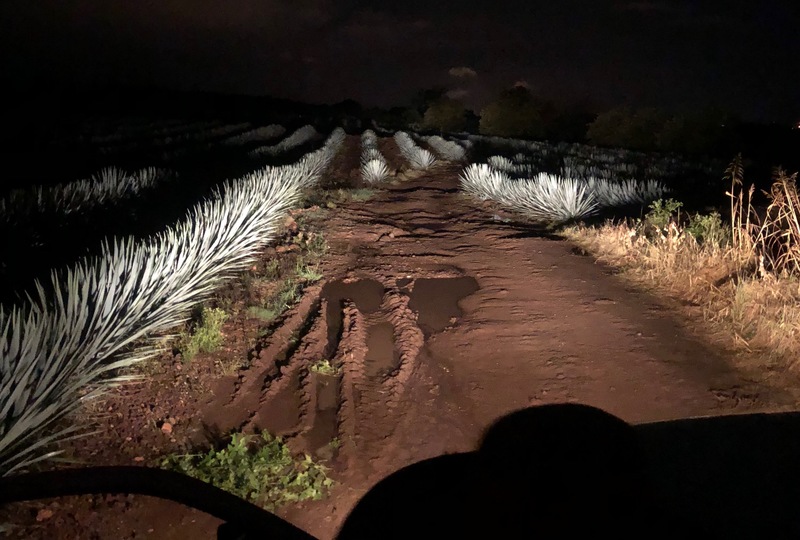
As our driver pulls onto the paved highway, I slide down as low as I can and search for anything to hold and anchor myself. There is still no sign of the sun, the roads are slick from the rain and we are driving fast. The truck barrels down the highway for what feels like 20 minutes or so, until we turn right and proceed down a dirt road. With just one pair of headlights and the moon to guide us, we crawl down the muddy pathway, in a maze-like journey across field after field, guided by the light reflecting off rows of agave. The truck slips and slides for 40 minutes. We go through a hand full of gates, at some point waking up a family of cows that is blocking the road. We pass a heard of wild horses on the left. Then the rain ceases and a thick, low fog rolls in, making visibility difficult. Behind us we can see the headlights from a bigger truck coming up the road. It has to stop and reverse four times as it maneuvers through a mammoth puddle of clay mud. The truck eventually pulls up next to us and we watch 20 jimadores file out. They huddle together and chat for a few minutes as the sun begins to rise. The moment it is bright enough to see, they begin to harvest.
This craft, this method of harvesting agave, is done entirely by hand. These men are using the same exact methods that the early conquistadors used dating back to the 1600s. And I’ll go ahead and just say it…yes… it crossed our minds that perhaps machines could make this much easier. So could a couple of paved roads. But as the day progressed, that sort of thinking became obsolete. What we came to understand was that the actual craftsmanship plays an integral part in the end result. And this isn’t a new idea. If anyone understands the importance of handcrafted vs machine, it’s people in the food industry. But in the world of distilleries, this isn’t something you see very often. A rarity even. But it’s the only way to guarantee the level of quality required to make smooth small batch tequila. And care must be taken, because agave plants don’t grow overnight. Did you know the average plant takes 6-10 years to mature? That’s 6-10 years for one piña (“pineapple”)! This means there is no time for mistakes. These jimadores, who keep this craft in their families, each generation teaching the next, understand the vital role they play in the tequila making process. And they’re proud of it.
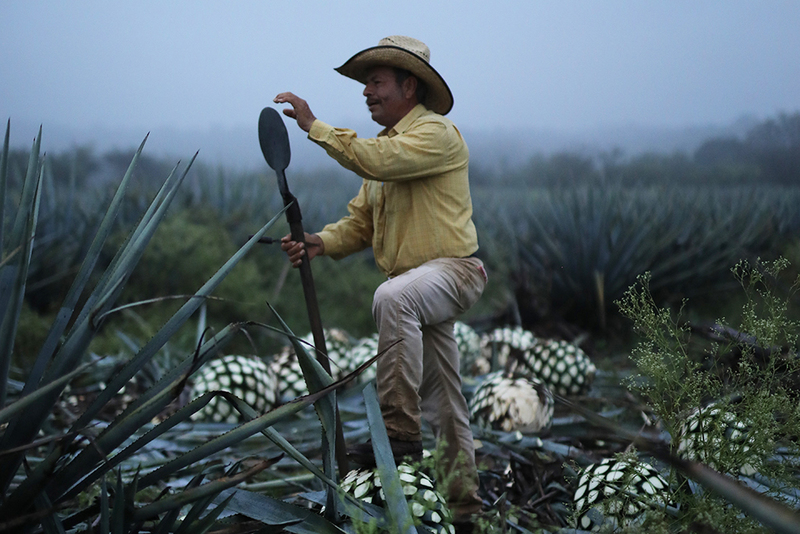
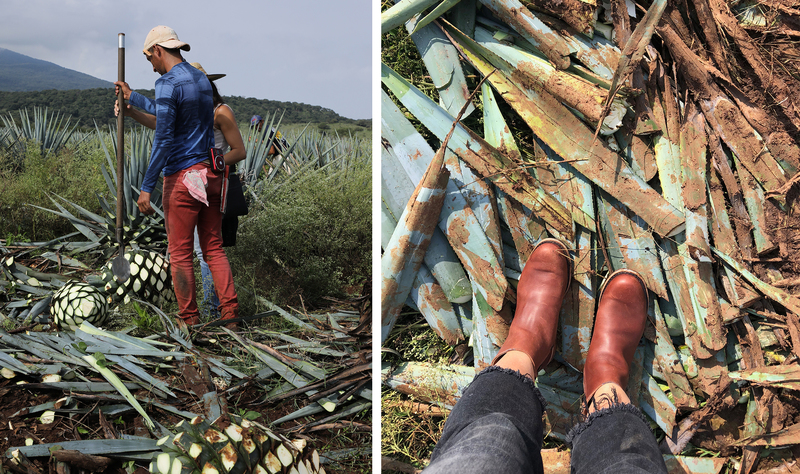
José, an apprentice and the tallest of the group, walks towards us smiling from ear to ear. He waves, signaling to follow him over to breakfast. The group has put down their tools and gathered in a circle on the soon to be decomposing side of the field. We watch as these men put together the most intimate breakfast picnic I’ve ever witnessed. Each person contributing something from a backpack or cooler. We watch as they take a grocery store bag filled with dried corn cobs and make two piles. They stack bricks on both sides of the cobs and light the corn on fire before placing a sheet of metal on top. Pro Tip: It turns out that dried corn on the cob makes for a killer fire starter and burns better (and heats faster) than coals. They are also all natural and produce very little ash which makes them perfect for this al fresco taco session. There is an array of mixed tupperware passed around, each container holding something to share with the group. The salsa and pickled onions were legendary to say the least. The men built little tacos with an assortment of fillings. They warm the tacos on the makeshift grill, flipping them with their bare hands and begin to pass around breakfast. Our hands are our plates and our sleeves are our napkins. This was the first time during the trip where we didn’t have to speak through a translator. It’s incredible how sharing a meal together creates a bond between strangers. We didn’t need to speak or ask questions, we all just cooked and ate together. At one point, one of the men came over and began spooning salsa on to the two tacos in my right hand, he smiled and winked before doing the same for Steve and Roder. These guys who had been working all morning and had a short break to eat and relax, where making sure that the four of us outsiders had enough to fill us up and had all the fixings necessary to enjoy it right.
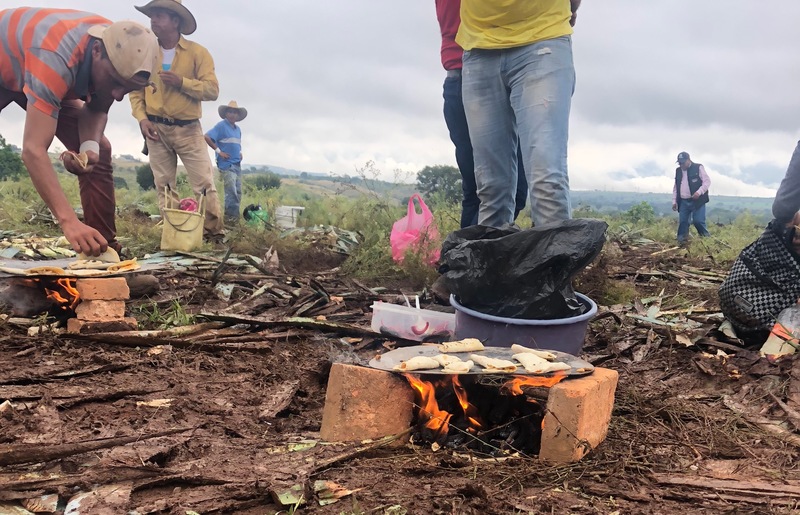
After breakfast, the men head back to the remaining rows and begin the second half of the day. Everyone is more relaxed after eating. One of the jimadores has a little bluetooth speaker in his pocket. He begins to play music, and although faint- the men closest to him begin to sing along and before you know it, the whole field is belting out Whitney Houston’s “I Will Always Love You”.
Read part II of our adventure in Tequila, Jalisco.
Words + Photography by Rebecca Simms
Questions? Comments? Email: [email protected]
